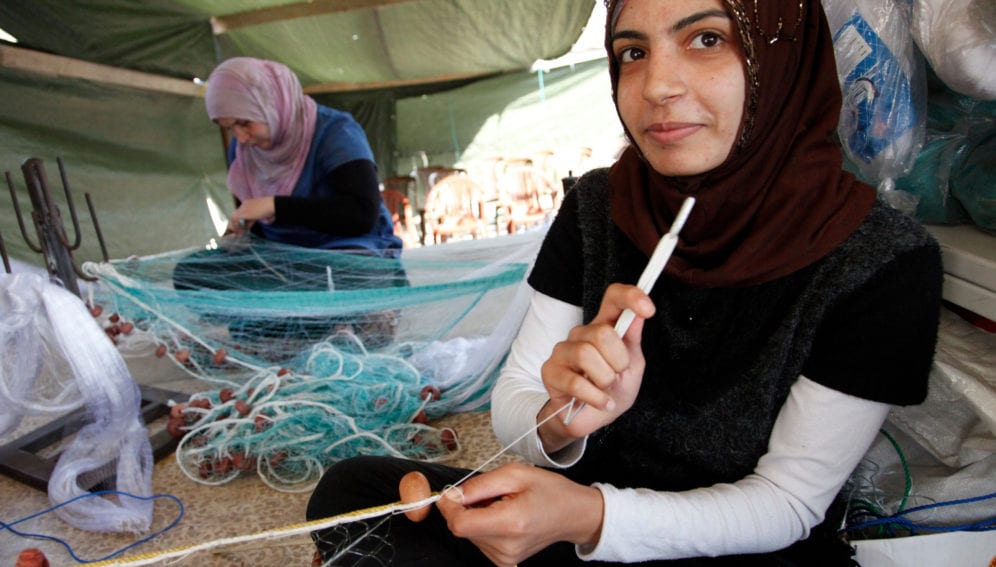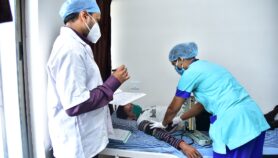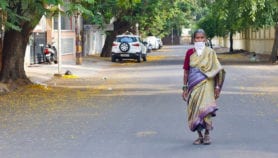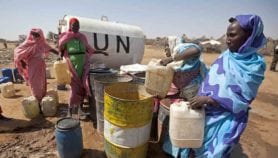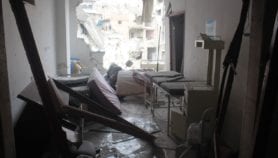By: Joshua Howgego
Send to a friend
The details you provide on this page will not be used to send unsolicited email, and will not be sold to a 3rd party. See privacy policy.
A tragic milestone was passed just as August drew to a close, with many news outlets including Time reporting that: three million Syrians have now fled their conflict-stricken country. [1]
At about the same time, an article focusing on Syria caught my eye. It appeared in the latest issue of Forced Migration Review, a magazine about migration research from the Refugee Studies Centre at the University of Oxford in the United Kingdom. [2]
The article argued that the most effective way to deal with the refugee crisis would be for Syria’s neighbours, Jordan and Lebanon, to ramp up their overall spending on infrastructure. So I called its author, development economist Omar Dahi of Hampshire College in the United States, to ask how he had reached that conclusion.
“It was completely inefficient and unsustainable to keep up the process of reaching out just to refugees with aid.”
Omar Dahi, Hampshire College
“There was a personal dimension to this research because I am Syrian myself,” explains Dahi. Motivated by this and breaking from his previous desk-based work, he travelled to Lebanon and Jordan to interview refugees, local people, aid workers and like-minded researchers.
From those conversations, trends emerged. “The most obvious one for me was that it was completely inefficient and unsustainable to keep up the process of reaching out just to refugees with aid,” Dahi tells me.
According to Dahi, this is partly because most refugees are not in camps, meaning it is “logistically a nightmare” for NGOs to provide aid. And it is partly because it was evident that aid going just to refugees was increasing friction between locals and displaced Syrians.
“There are many villages that didn’t have electricity and running water,” says Dahi. “But there were widespread stories of water being trucked in just for the Syrian refugees. So you can imagine that these approaches were not just wasteful, they were exacerbating tensions between refugees and villagers.”
Dahi says that more and more experts, including those at the UN’s refugee organisation, UNHCR, are reaching the same conclusions as him: that it isn’t sensible to exclusively target refugees and that general spending on infrastructure in Jordan and Lebanon would be a better solution to the crisis.

But he says there are obstacles to adopting the approach. First, refugee-aid organisations such as the UNHCR have no mandate to start general development projects. And, second, governments are, for political reasons, also loath to do so. This is because, even if they recognise that the refugees will inevitably remain in their country for a while and better infrastructure really is needed, this would signal to their citizens that they accept the refugees’ long-term presence.
Dahi says other researchers have drawn similar conclusions and he’s hoping that the idea will gradually gain traction. “We need multiple voices all calling for this same approach to make headway. I’m hoping my article will add to those voices.”
Joshua Howgego is SciDev.Net’s deputy news and opinions editor. @jdhowgego
References
[1] John Heilprin UN says Syria refugees top 3 million mark (Time, 29 August 2014)
[2] The Syria crisis, displacement and protection (Forced Migration Review, September 2014)


